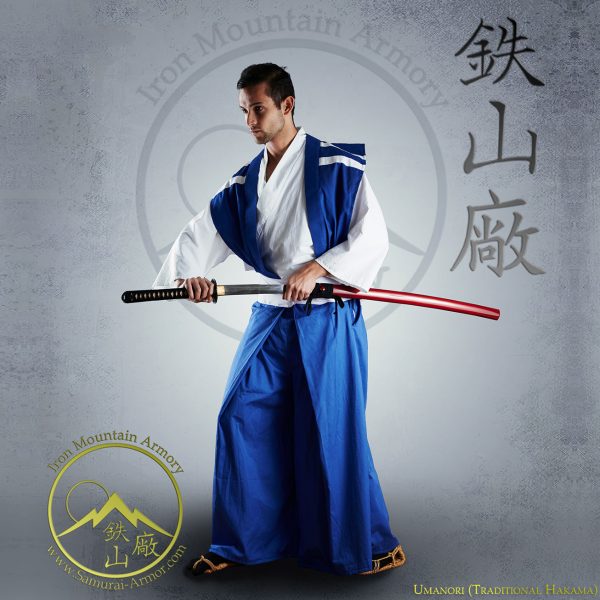
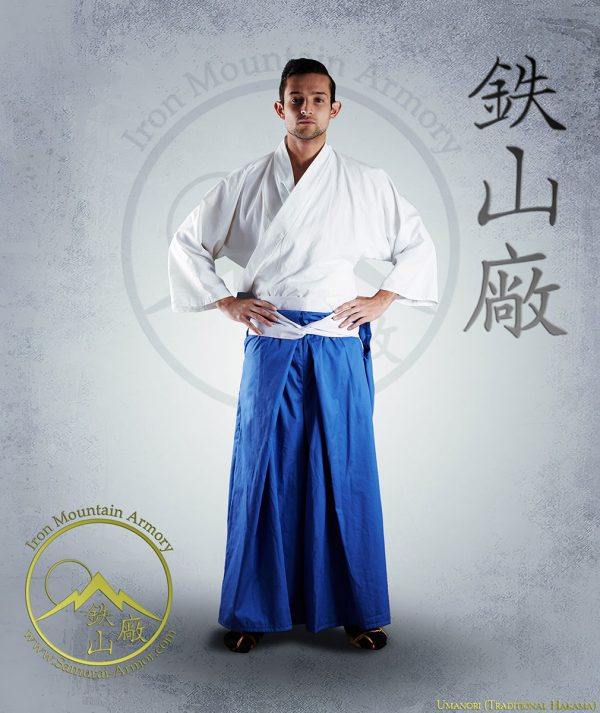
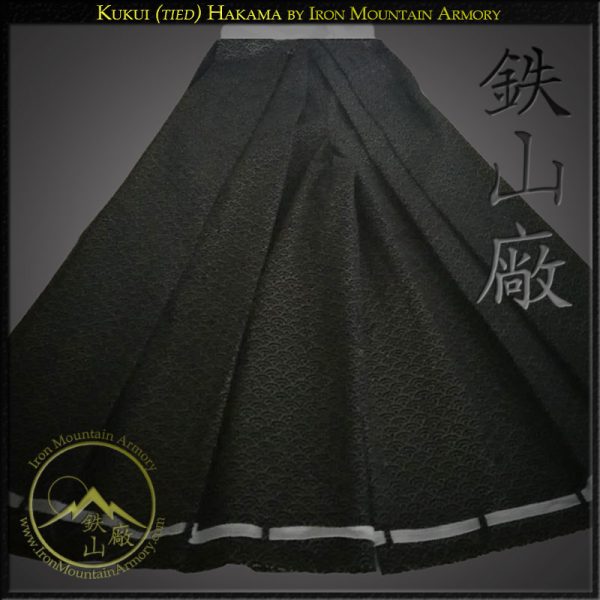
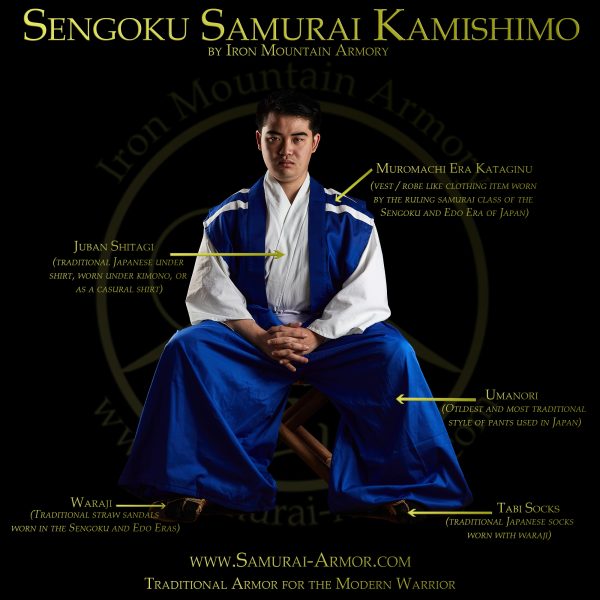
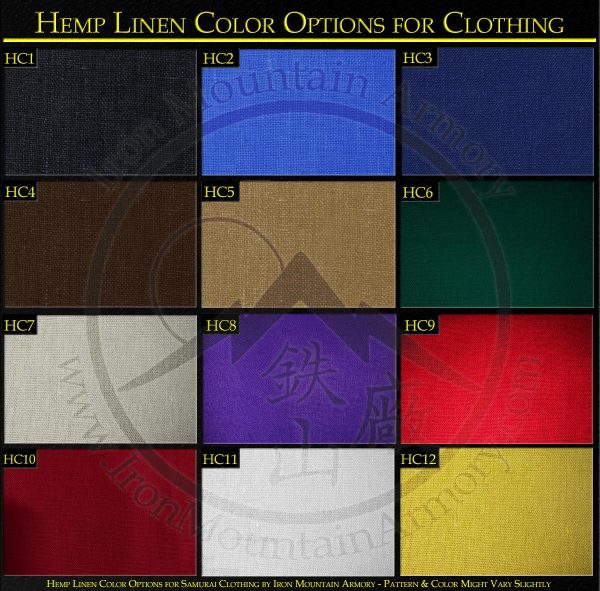

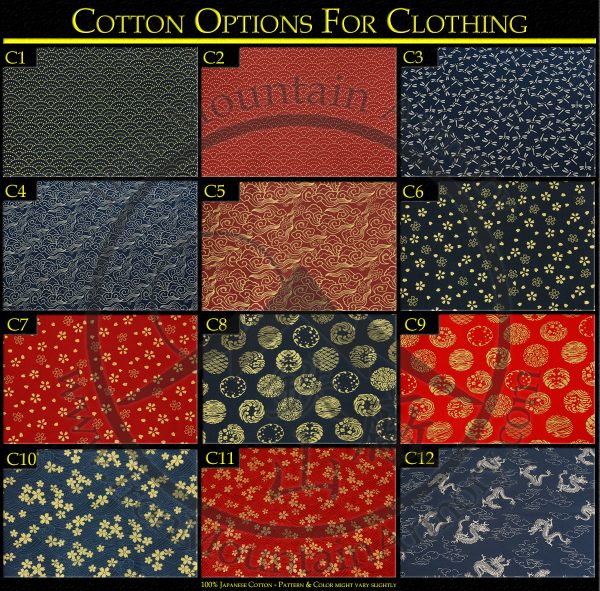
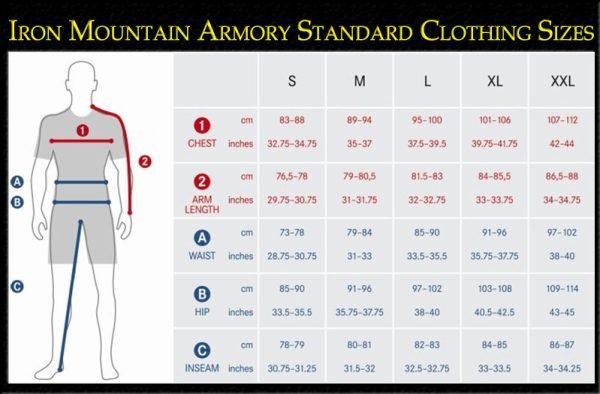
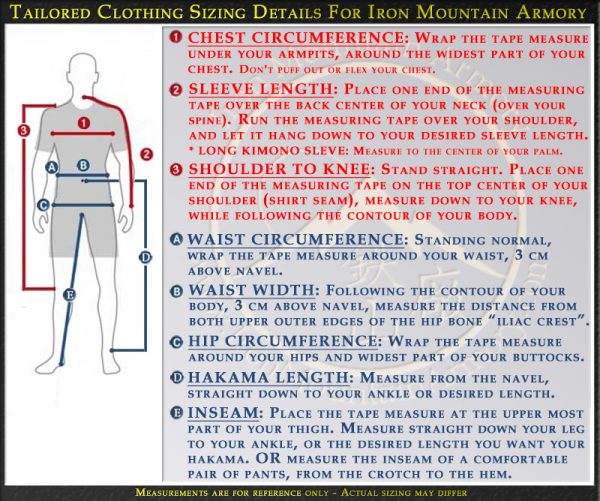
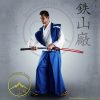
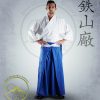
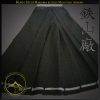

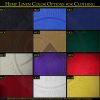
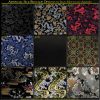
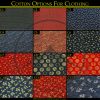
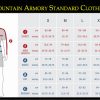
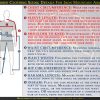
$99.99 Original price was: $99.99.$89.95Current price is: $89.95. $89.95
HK-01
Umanori (Traditional Hakama) are the oldest and most traditional style of pants used in Japan during the 6th century and possibly earlier. Traditionally hakama would tie at the waist and drape down to the ankle with two options, “andon” (skirt -行灯袴”lantern hakama“) or “umanori” (pant -馬乗り – “horse-riding hakama“) style. The umanori style of hakama won out for the samurai as it was easier to wear while riding a horse, becoming known as “umanori” hakama. It is important to note that these traditional hakama do not have the koshita (raised back board), which became common in the early Edo Period (1603 A.D.).
The earliest hakama material was simple cloth woven from fibers of kuzu, or arrowroot plant. Up until the late Muromachi Period (1336 to 1573), a variation of this rough but light cloth, called kakko, was popular for making hakama worn during the hot summer months. By the mid Muromachi Period, cotton became more common and the preferred material for samurai and Daimyo alike. Formal hakama are made of silk called sendai hira and are said to have become popular in the late Sengoku Era (around 1645 A.D.). The hakama is traditionally worn with a kimono, hakamashita (hakama shirt) or juban-shitagi (undershirt).
Our Traditional Umanori Hakama are based on designs from original Muromachi Period. They are secured around the waist by four himo (straps); two longer himo attached on either side of the front of the garment, and two shorter himo attached on either side of the rear. Front himo are wrapped around the back and tied in front. The rear himo are wrapped through the front himo at the waist and tied under the hakama in the front. Hakama have seven deep pleats, two on the back and five on the front. The pleats are said to represent the seven virtues of Bushido, considered essential to the samurai way. Although they appear balanced, the arrangement of the front pleats, (three to the right, two to the left) is asymmetrical, and as such is an example of asymmetry in Japanese aesthetics. We also offer the option to add lace ties to the ankles so you can wear your hakama open or closed at the ankle. You can also tie the bottoms below the knee when wearing with armor or kyahan. Adding these ties will make a kukui (tied) hakama. Perfect for martial artists seeing a traditional hakama, re-enactors, cosplay, larp, sca or anyone wanting a traditional style of samurai pants. Our samurai clothing and accessories are featured in the docudrama “Age of Samurai: Battle for Japan” by Netflix & the Smithsonian Channel.
How to wear traditional bakama for battle and budo training. They are secured around the waist by four himo (straps); two longer himo attached on either side of the front of the garment, and two shorter himo attached on either side of the rear. Front himo are wrapped around the back and tied in front, under the pant. The rear himo are then wrapped through / around the front himo, at the waist, and tied under the hakama in the front. When tied in this manner the himo are not visible, nor can they be pulled or snagged during combat or training.
Features: Traditional Samurai Hakama
| Our skilled katchû-shi (armorers) at the Iron Mountain Armory will need at least 2 to 4 weeks, depending on options selected, and other scheduled orders, for the custom handcrafting of your reproduction samurai item. |
Accessories:
| For more information, please review our Order Options Explained, Glossary Terms or FAQ Pages. You can also Contact Us directly. We are always happy to be of service. |
| Weight | .25 kg |
|---|---|
| Dimensions | 32 × 32 × 2.0 cm |
Sorry, no reviews match your current selections
Ask a question
Your question will be answered by a store representative or other customers.
Thank you for the question!
Your question has been received and will be answered soon. Please do not submit the same question again.
Error
An error occurred when saving your question. Please report it to the website administrator. Additional information:
Add an answer
Thank you for the answer!
Your answer has been received and will be published soon. Please do not submit the same answer again.
Error
An error occurred when saving your answer. Please report it to the website administrator. Additional information:
THIS SITE IS FOR TESTING AND DEVELOPMENT: DO NOT USE Dismiss
Really durable material, Made well with strong seams.. I am very happy with the purchase and will buy them again when needed.. Staff are a dream to work with and handled everything exceptional and professional.
The hakama is perfect! I really appreciate your efforts and will treasure them for always. I plan to wear them with the samurai Armour I purchased earlier this year for a photo session.
I am a loyal customer. After the new year, I plan to purchase the Japanese Dragon Kabuto for my collection.
I’m a bit disapointed about the quality and workmanship. I thought it would be more of a “Professional-grade” Hakama, not one i would see a little kid might wear for Halloween.I use to practice Aikido and looking forward to starting Kendo but not wearing this Hakama.
good fit and materials are good. very authentic feel.